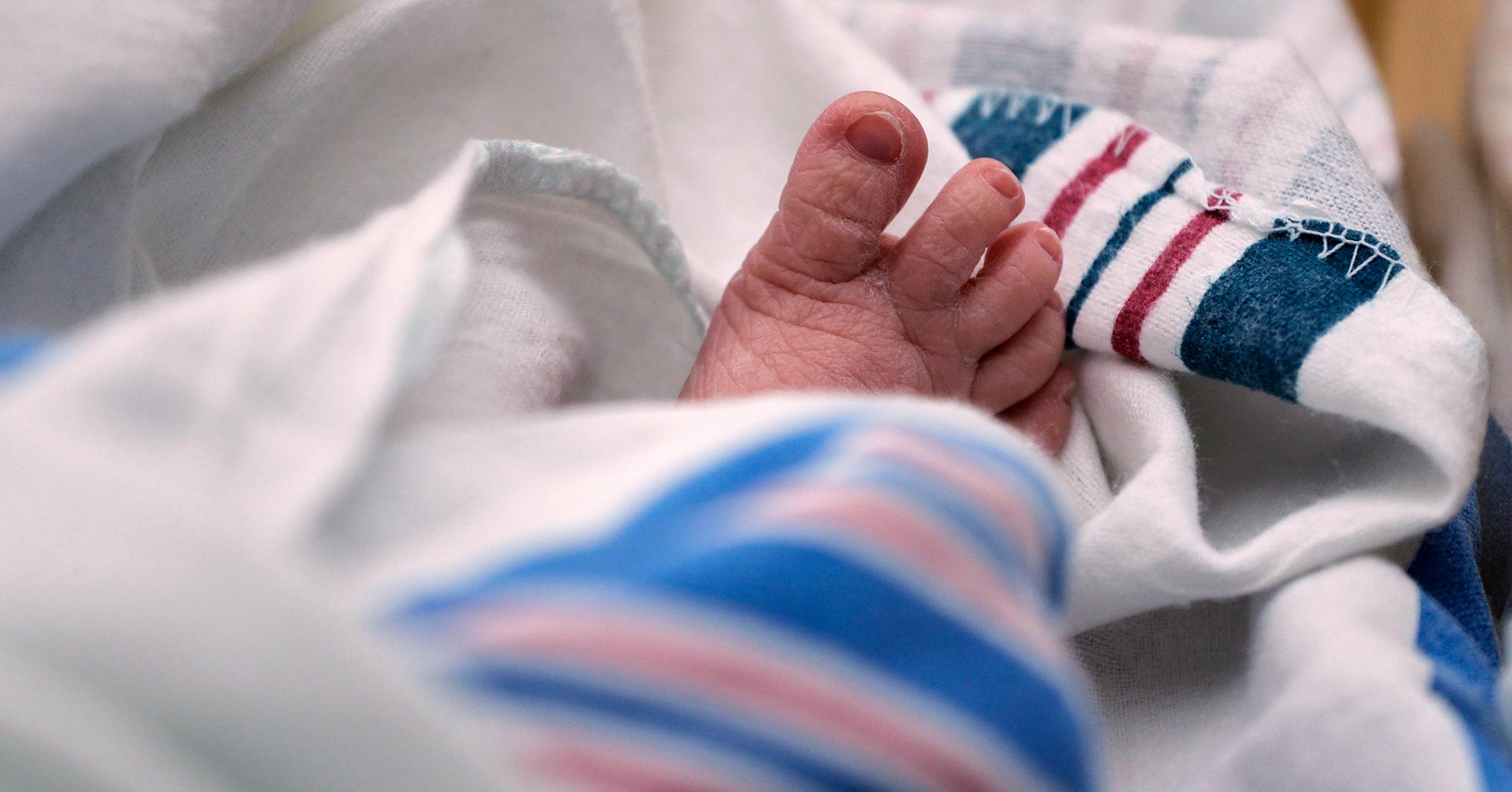Copyright startribune

Twenty-four states and the District of Columbia are listed by Resolve, a national fertility advocacy association, as having some fertility coverage requirements in place. Minnesota is not among them. But even in states with relatively expansive coverage requirements, families can still be left with extensive bills to pay for on their own. Arkansas, for example, requires IVF coverage for state-regulated plans. But there’s a $15,000 lifetime maximum. In addition, Arkansas exempts health maintenance organizations (HMOs) from the requirement. In the last legislative session, a bill was introduced in both legislative chambers that, had it been enacted, would have likely made Minnesota fertility coverage one of the most comprehensive in the nation. It also called for using tax dollars to defray at least some of the costs of adding this coverage. The Minnesota Senate bill had two DFL authors and three Republican authors. Gran directs the Minnesota Building Families Coalition and is a co-founder of State Strong, a group of advocates working on IVF access in the states. She said last week that advocates will try again in the 2026 session. If passed, the legislation will not be a panacea. The requirements will apply to state-regulated plans. But many large employers’ plans are federally regulated. But its passage would still be a step forward, Gran said, helping build momentum for changes at the federal level, too.



